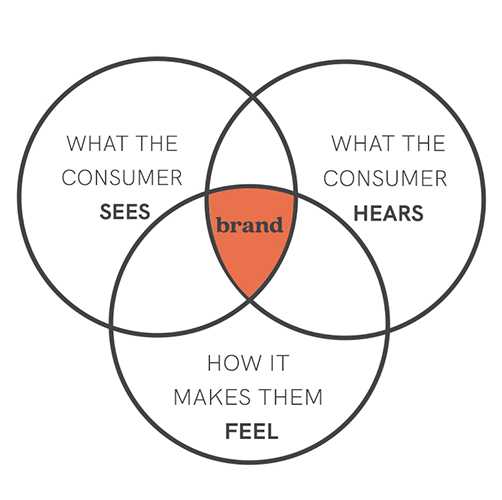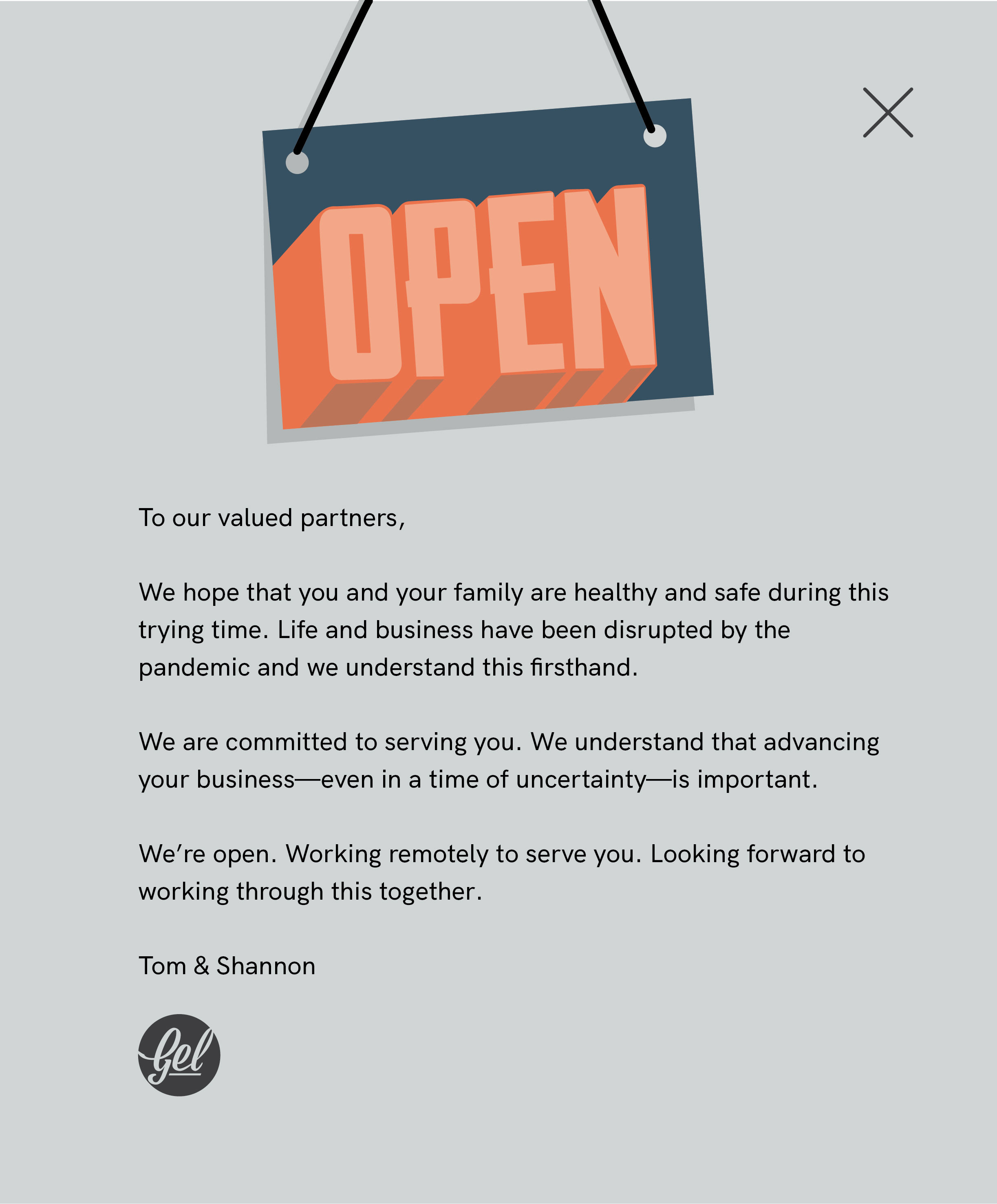What is a Brand?
What is a brand? You’ve likely asked yourself this question a few times and maybe even gone down a rabbit hole searching for the answer on Google.
You may have heard that “your brand is not a logo” before. It’s understandable that most people confuse a logo with a brand. The logo is what gets the most attention. It’s the first thing people see — it’s front and center on your website and on your product packaging. So if a brand is more than just a logo, then what exactly is it?
At Gel, we like Seth Godin’s definition.
“A brand is the set of expectations, memories, stories and relationships that, taken together, account for a consumer's decision to choose one product or service over another.” - Seth Godin, Author
But we also know that how the brand looks and sounds is important too. So we’ve come up with our own definition of a brand.
“A brand is the combination of what a consumer sees, what they hear, and the emotions evoked by a product, service, or company.”
A well designed brand makes people feel something. It’s the face and voice of a product, service, or company and it gives people an impression of who the company is and whether they feel connected to it, like they want to be associated with it. In an instant, your brand communicates exactly who it would be if it were a person so they can decide whether they like it or not, and more importantly, whether they’re willing to buy.
At the end of the day, that’s what matters. Does it resonate enough with people for them to exchange their hard earned dollars to buy whatever it is you’re selling? Are they willing to risk their reputation by choosing your product?
Attract the right people.
Now here’s the thing. This isn’t a popularity contest. You’re not trying to be someone to everyone. In fact, quite the opposite is true. You should be attracting the people that are most likely to see the value in what you’re offering — who connect with the brand, feel something when they experience it.
These are your people and a well designed brand is able to attract the right people, not with expensive advertising campaigns — although that can certainly speed things up. Rather, a well executed brand strategy consistently communicates its value over time to the right people often enough to build a community of loyal fans and create sustainable growth for the company.
The true measure of brand equity is whether customers are willing to buy whatever it is selling simply because it’s the brand that is selling it. We want the believers.
So yah, I want that. How do I get that?
Well, you need to establish a professionally designed brand identity — and it’s more than just a logo. You might be thinking, “well, what am I supposed to do with the logo I have now?” Be patient. We don’t know yet. It may be saying exactly what you want it to say to the people you’re trying to attract.
On the other hand, I’m guessing that if you’re reading this blog, something isn’t working as well as it could. So in that case, it might be time for a rebrand. What matters is attracting and building relationships with the right audience — the people you want to do business with. So here’s a word of advice.
Don't be in love with your logo. Be in love with your customer.
Every branding agency has their own method for brand exploration, and we’ll save that for another post, but the aim is to achieve resonance. We want a high quality brand that the right people connect emotionally to.
Depending on the state of your company — whether you’re a startup or you’ve been in business for a while, you need to start with the foundation— whether you call it the brand essence, the vision, or the core elements, you need to be able to explain what it stands for, what makes it special. This is often a little mind-bending and sometimes difficult, but you come out the other side with a clearer sense of the brand’s direction.
So where do you start?
It’s tempting to jump into designing a high quality logo and selecting fonts — that’s the fun stuff — but before we go there, we start with the vision. Hire a branding agency to help you articulate your vision. Here’s a sampling of the types of questions you’ll answer in the brand discovery and exploration process. It doesn’t take long, but it does require concentrated effort.
- What does the brand stand for? Try thinking about how your company is operating now.
- What are the things you won’t compromise on?
- How do you spend your time?
- Which client relationships do you love the most?
- What is it about the work that lights you up?
The goal is to come up with a few phrases that articulate not what you do, but why you do it.
Once you set the brand vision and define the elements, then you build out the brand identity. The visual identity is what people see – the logomark and all of the visual elements, including things like fonts, a colour pallette, and media specifications, to name a few. You also need to get clear on what people hear — the voice and tone and all of the written word guidelines for your brand.
The final step is pulling it all together in a comprehensive brand guide. Packaging it all up in a brand guide gives you and your staff a reference book, ensuring everyone stays on brand, no matter the content being created or the channel it’s being created for. If the brand guide is doing its job, your team will achieve consistency, whether running an ad campaign,writing a blog post, issuing a press release, or crafting a post for social media.
If you’re interested in learning more about our branding work or if you’d like help refreshing your brand, give us a call. We’d love to help!

